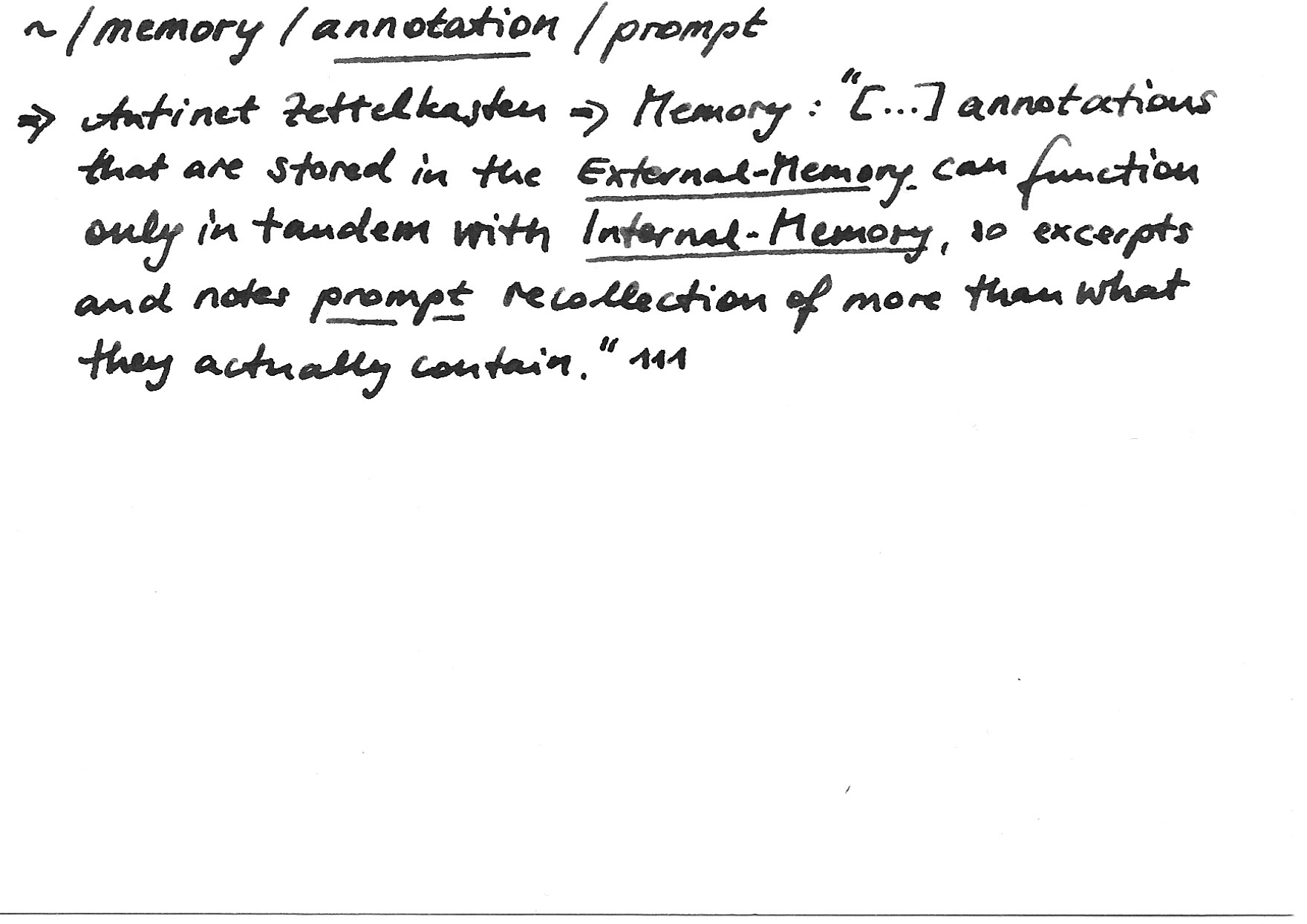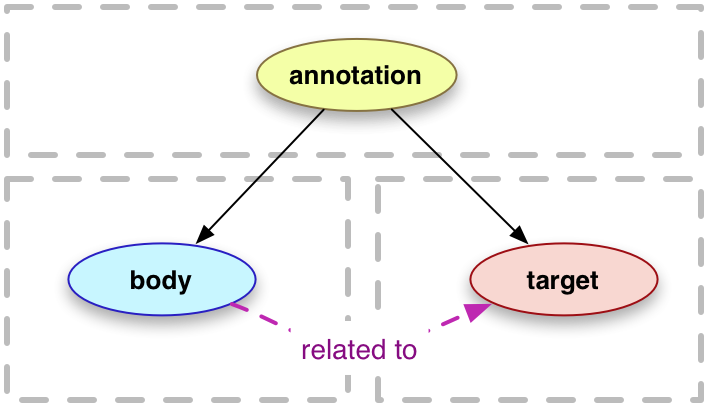ROHRBACH, Cyrill J., 2021. Implementing Mondrian in Glamorous Toolkit. Bachelor Thesis. Software Composition Group, Institut für Informatik, University of Bern, Switzerland. [Accessed 1 February 2023]. Available from: https://scg.unibe.ch/archive/projects/Rohr21a.pdf
> Since all elements can be combined and used in any context, it is necessary to have a way to mark objects according to what they represent, as graph or inspector for example. Normally this is done using higher level models that then interact with or even create the rendering tree. But since this is complicated and incompatible with a single rendering tree Glamorous Toolkit works with annotations instead. The annotations are used to create tiny objects that know the element and extend their interface with specific functionality needed for its context. An element annotated as graph node for example can return all connected edges.
It has been easy, in the past, to hope that Sense-Making and Learning can be automated. ⇒ Automation ⇒ Automation as Team Player
Why George Orwell can be considered a forerunner of cultural studies
~
⇒ Antinet Zettelkasten ⇒ Memory: "[…] annotations that are stored in the External Memory can function only in tandem with Internal Memory, so excerpts and notes prompt recollection of more than what they actually contain [⇒ Containment].” (Cevolini, ed., Forgetting Machines, 12.)

⇒ Embedding Web Annotations in HTML page ![]()

> "An annotation is considered to be a set of connected resources, typically including a body and target, and conveys that the body is related to the target.... This Perspective results in a basic model with three parts, […]."
An example of such an "annotation" is the following URL, i.e., the Lineup is the annotation ![]() .
.
https://wiki.ralfbarkow.ch/view/memory/view/annotation/view/internal-memory
The Model goes on to define an extensible, interoperable framework for expressing such annotations in RDF-based vocabularies. The Model additionally defines a JSON-LD serialization of that framework. However, the Model does not prescribe a means for including an annotation within a Web page (HTML document)—even when the annotation targets all or part of the page itself or all or part of another, external Resource linked from the page.
> […] There is even a good chance that the input file will permit Annotation of these items, **indicating the sources they were taken from**. If we are really lucky, the formal language of the input file is documented and designed to permit the extraction of information for other uses.